Unit Adaptability
Enables pilot testing to mimic your process and operating requirements
Our pilot facilities are designed to replicate your exact process conditions, including pressure, temperature, feedstock characteristics, and other relevant parameters. With a deep focus on flexibility, scalability, and commercial relevance, HTI’s units can be configured to match your existing operations or future process goals.
Key Capabilities:
Hydrotreating and hydrocracking of conventional and unconventional feedstocks, from simple once-through designs to advanced two-stage recycle configurations.
The only independent ebullated-bed pilot plant in the U.S., enabling critical testing where catalyst life, fouling, and flow behavior determine success.
CSTR, batch, distillation, and mixing setups to support a wide range of process studies.
Reactor sizes ranging from a few cubic centimeters up to hundreds of liters, ensuring smooth process scale-up.
Pilots can be retrofitted to simulate existing units or configured for novel pathways, validating feedstocks, catalysts, and operating strategies.
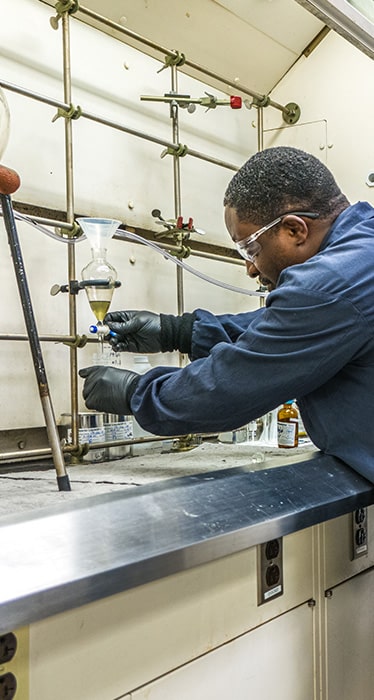
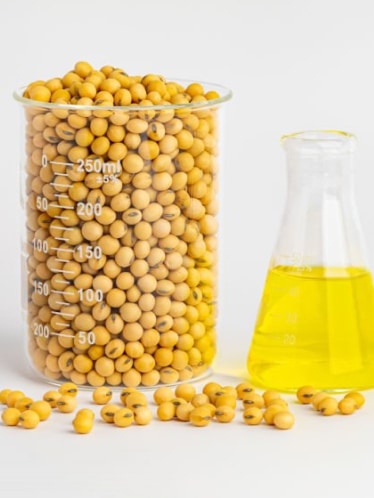



Step 1: Define the Objectives
We align on what success looks like—feedstocks, operating goals, and target outputs. Our team also reviews any existing data to refine testing parameters and ensure continuity.
Step 2: Scope the Campaign
Our team outlines the timeline, conditions, and deliverables based on your needs.
Step 3: Configure the Unit
We adapt our pilot systems to replicate your process, with flexibility for unique configurations.
Step 4: Safety and QA Checks
Before testing begins, we verify all safety protocols, system calibrations, and QA procedures.
Step 5: Execute the Test
Our experts run the campaign, monitoring in real time to ensure data quality and process integrity.
Step 6: Analyze and Report
You receive a clear, detailed report with validated results and commercial recommendations.
Step 7: Confirm Satisfaction
We follow up with a client survey to ensure expectations were met and capture feedback for continuous improvement.
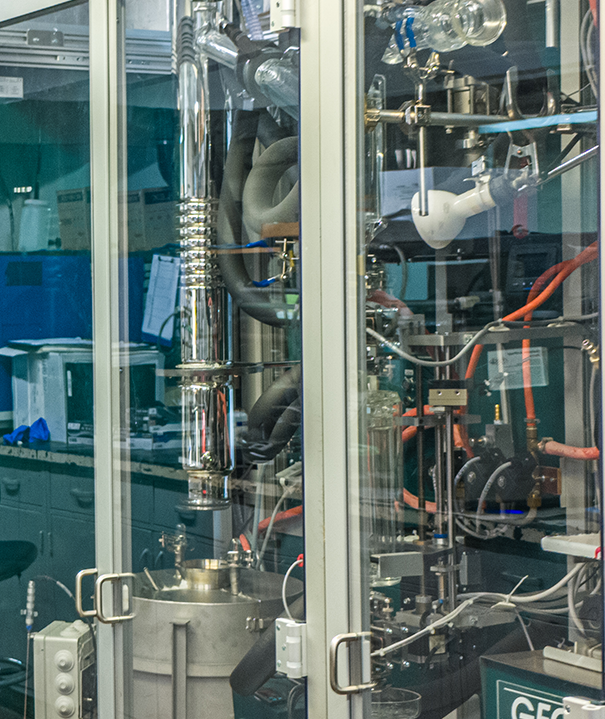
Refiners come to HTI when they need to evaluate new feed blends, confirm catalyst performance, or make data-backed decisions about renewable integration. Our pilot plant testing simulates commercial configurations so you can validate opportunities before full-scale implementation.
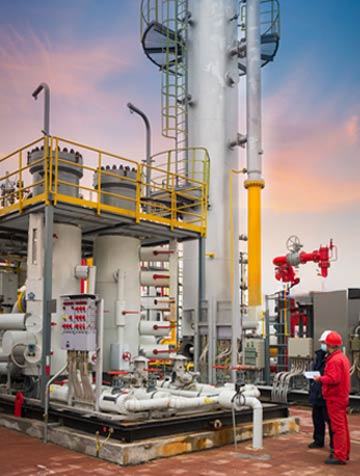
Whether developing new upgrading pathways or looking to validate novel configurations, HTI helps you test with commercial precision. We work with startups, research groups, and government-funded teams to derisk development and accelerate timelines.
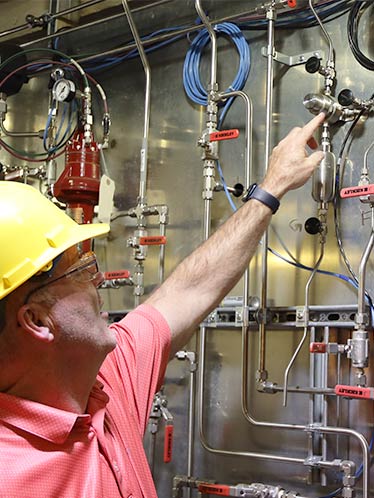
HTI supports catalyst manufacturers looking to validate formulations under highly representative conditions. We help you compare catalyst activity, selectivity, and product profiles under customer-specific scenarios.

From plastics recycling to circular economy concepts, HTI helps researchers evaluate new materials and technologies. Our units accommodate wide-ranging feedstocks and conditions, delivering the process data needed to publish, scale, or license.

Refiners come to HTI when they need to evaluate new feed blends, confirm catalyst performance, or make data-backed decisions about renewable integration. Our pilot plant testing simulates commercial configurations so you can validate opportunities before full-scale implementation.

Whether developing new upgrading pathways or looking to validate novel configurations, HTI helps you test with commercial precision. We work with startups, research groups, and government-funded teams to derisk development and accelerate timelines.

HTI supports catalyst manufacturers looking to validate formulations under highly representative conditions. We help you compare catalyst activity, selectivity, and product profiles under customer-specific scenarios.

From plastics recycling to circular economy concepts, HTI helps researchers evaluate new materials and technologies. Our units accommodate wide-ranging feedstocks and conditions, delivering the process data needed to publish, scale, or license.
HCAT® is the catalyst at the core of HTI’s pilot testing, enabling higher yields, longer run times, and scalable solutions for today’s refinery challenges.